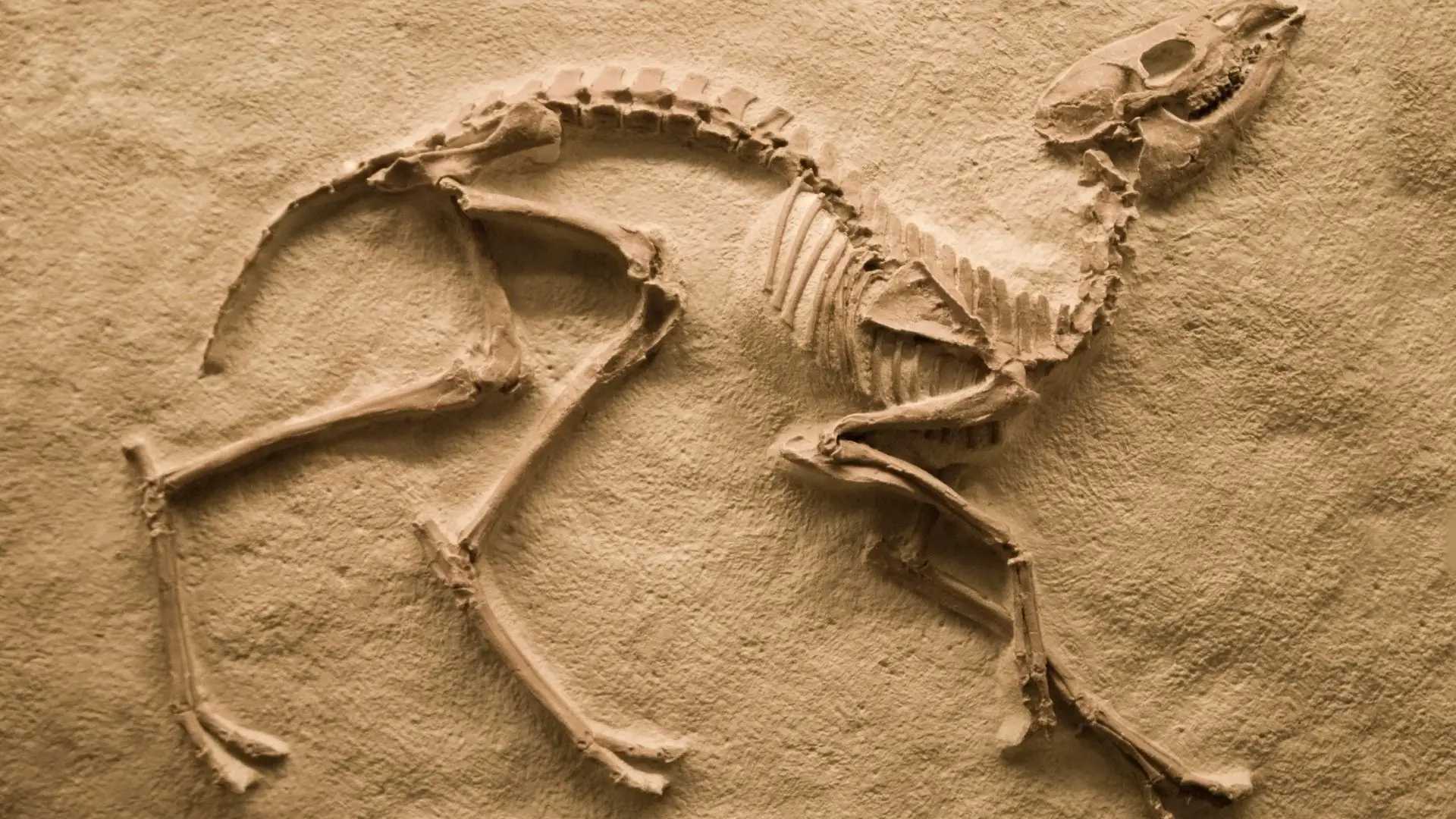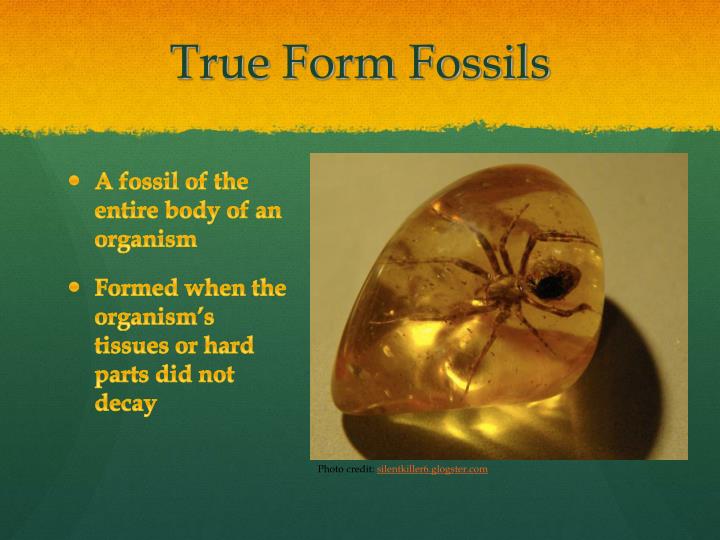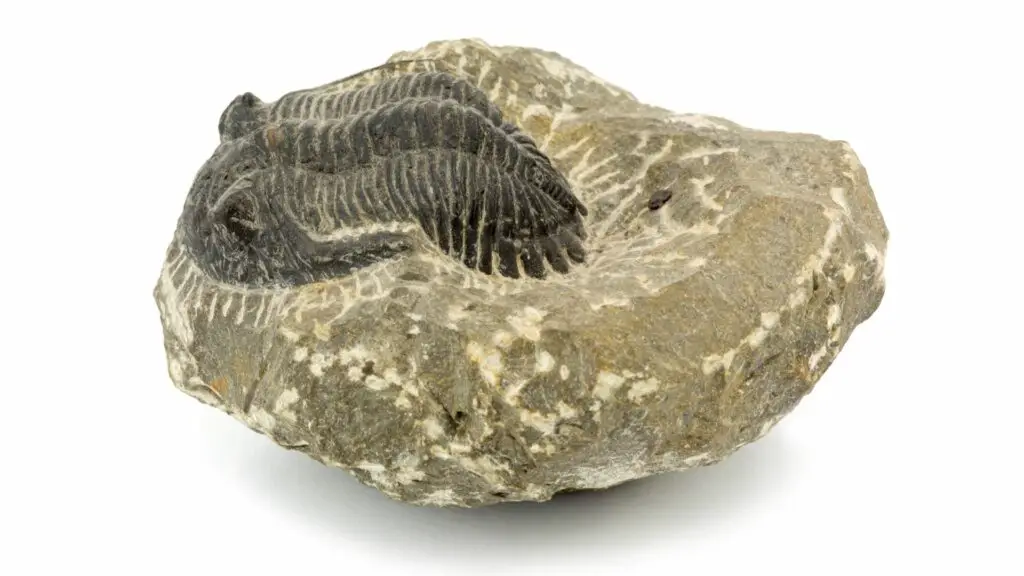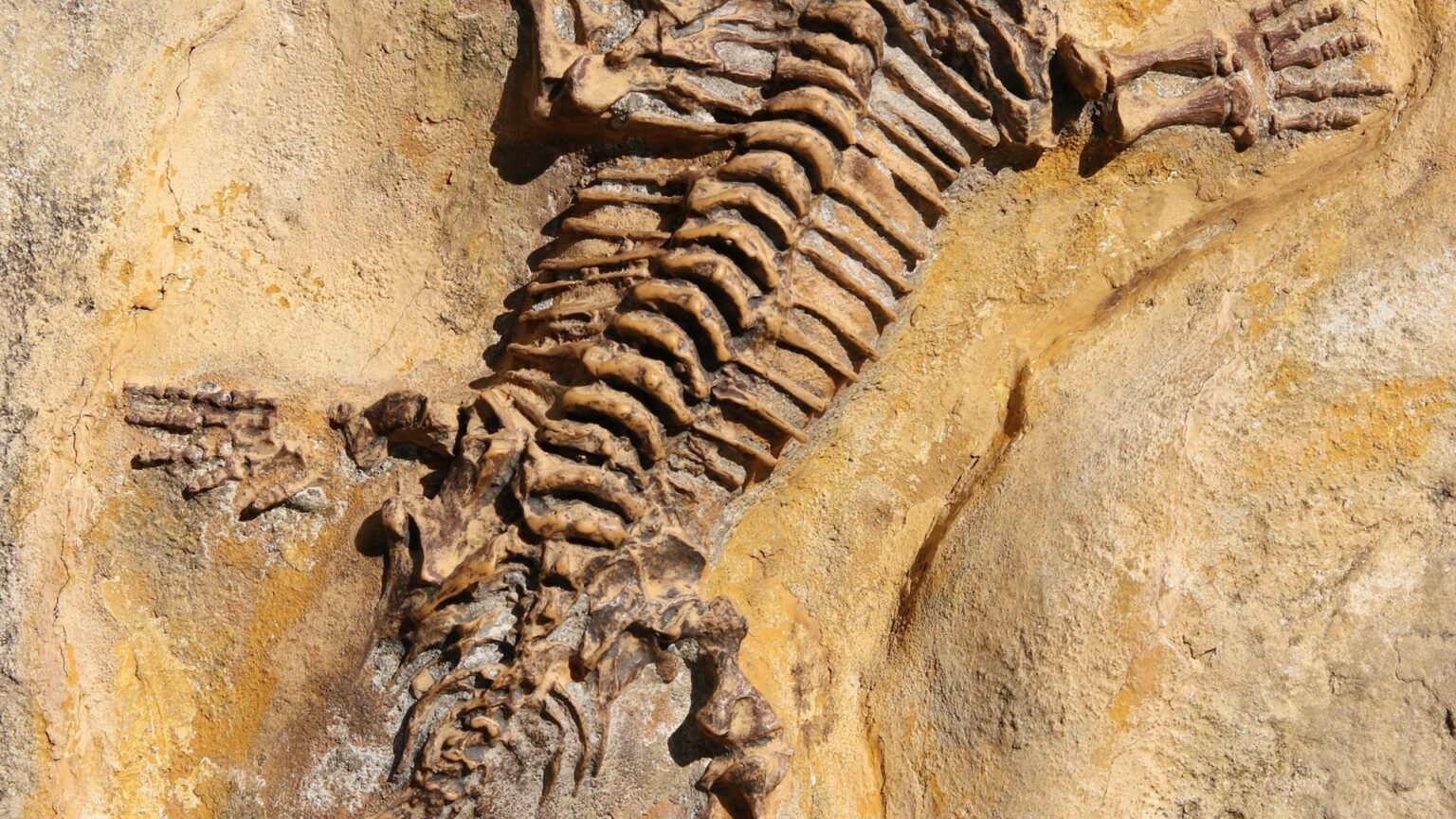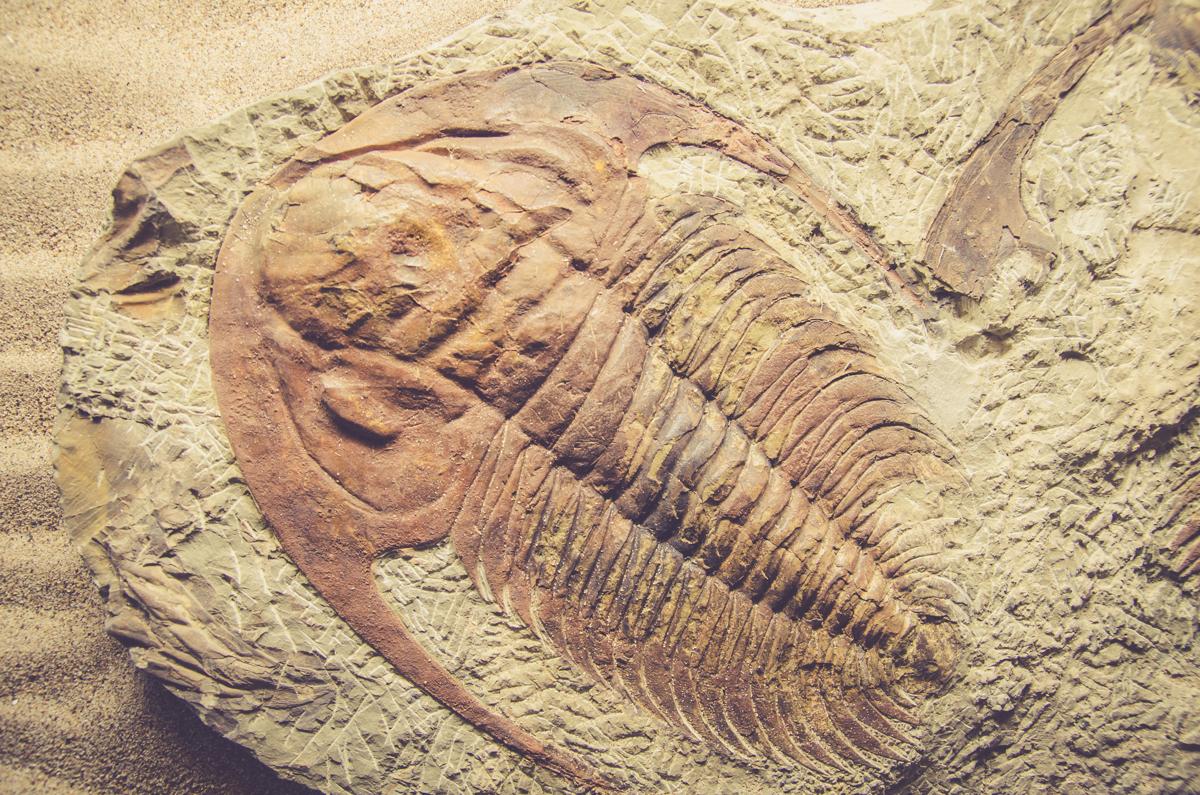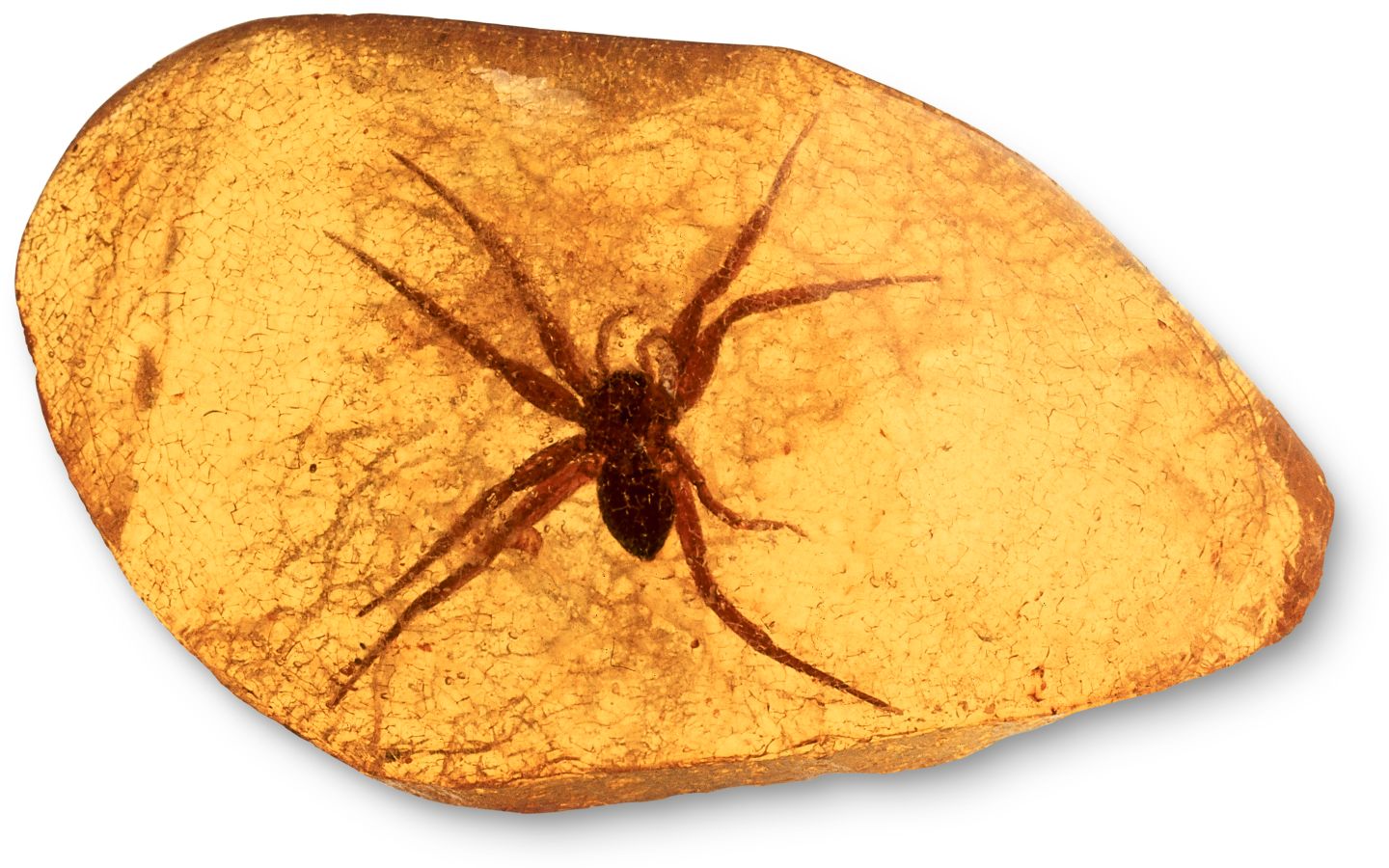True Form Fossils
True Form Fossils - Web a fossil is the mineralized partial or complete form of an organism, or of an organism’s activity, that has been preserved as a cast, impression or mold. These fossils are made of an actual plant or animal. According to enchanted learning, these fossils can record the behaviors and movements of animals. Here’s why we have both. Web fossil, remnant, impression, or trace of an animal or plant of a past geologic age that has been preserved in earth’s crust. Bones, teeth, shells, and other hard body parts can be fairly easily preserved as fossils. Web some common examples of true form fossils include fingers, limbs, heads, and torsos. The hard parts of the body like the bones or. The complex of data recorded in fossils worldwide—known as the fossil record—is the primary source of information about the history of life on earth. Web the likelihood of fossilization.
Web what are the two types of fossils? Through this process, these body parts were actually replaced by minerals. “is that real ?” this is a question we often hear from visitors as they roam the field museum, especially about dinosaur bones. Web there are five types of fossils: Web trace fossils (sometimes also called ichnofossils) provide evidence about the movements and/or activities of ancient organisms, but not necessarily about their appearance.there are three major types: Fossils can be put into two categories; A mold fossil is a fossilized impression made in the substrate, a negative image of the organism. The soft bodies of organisms, on the other hand, are relatively hard to preserve. A cast fossil is a reverse image in a mold but filled in. These fossils are made of an actual plant or animal.
These fossils are made of an actual plant or animal. Signs and remains of ancient living things preserved in the earth's crust. Web fossil, remnant, impression, or trace of an animal or plant of a past geologic age that has been preserved in earth’s crust. A fossil gives tangible, physical evidence of ancient life and has provided the basis of the theory of evolution in the absence of preserved soft tissues. Web true form fossils (fossils of the actual animal or animal part). Petrification, which is also known as permineralization, is the process by which the cells of highly. , staff writer updated august 12, 2021 image credits enter the wonderful world of fossils. The soft bodies of organisms, on the other hand, are relatively hard to preserve. What are the different types of fossils? Web what are the two types of fossils?
The Three Main Types of Fossils Sciencing
Scientists can use dinosaur footprints to determine the speed the dinosaur ran, the number of legs it had, and if the dinosaur traveled in groups. Web a fossil is the mineralized partial or complete form of an organism, or of an organism’s activity, that has been preserved as a cast, impression or mold. Body fossils molecular fossils trace fossils carbon.
4 Main Types of Fossils
Examples include bones, shells, exoskeletons, stone imprints of animals or microbes, objects preserved in amber, hair, petrified wood and dna remnants. These are the fossils which are formed in the substrate, just like the negative impression of an animal or. Web fossils are precious gifts from the geologic past: Web some common examples of true form fossils include fingers, limbs,.
PPT Fossils! PowerPoint Presentation ID2161503
These are the fossils which are formed in the substrate, just like the negative impression of an animal or. Fossils include body fossils, left behind when the soft parts have decayed away, as well as trace fossils, such as burrows, tracks, or. A fossil is any remains or trace of an ancient organism. “is that real ?” this is a.
4 Main Types of Fossils
Rex is an incredibly complete fossil, and máximo the titanosaur is a cast. Sometimes, when mold fossils get filled by some kind of minerals, the minerals, with the passage of time,. Examples include bones, shells, exoskeletons, stone imprints of animals or microbes, objects preserved in amber, hair, petrified wood and dna remnants. Web trace fossils (sometimes also called ichnofossils) provide.
4 Main Types of Fossils
Mold, cast, trace, and true form. Fossils can be put into two categories; Web fossil, remnant, impression, or trace of an animal or plant of a past geologic age that has been preserved in earth’s crust. Web trace fossils (sometimes also called ichnofossils) provide evidence about the movements and/or activities of ancient organisms, but not necessarily about their appearance.there are.
9 Different Types of Fossils Nayturr
So, these kinds of fossils are similar to mold. This means that the tissue didn't decay and its preserved like if its frozen. Over time, the minerals harden into rock, and the animal or plant is preserved. A fossil is any remains or trace of an ancient organism. Web true form fossils (fossils of the actual animal or animal part).
The Three Main Types of Fossils Sciencing
Signs and remains of ancient living things preserved in the earth's crust. Fossils can be put into two categories; Web the three main types of fossils true form fossils. “is that real ?” this is a question we often hear from visitors as they roam the field museum, especially about dinosaur bones. Web true form fossils (fossils of the actual.
Types of Fossils Science Struck
A mold fossil is a fossilized impression made in the substrate, a negative image of the organism. Web examples stem 5 types of fossils and how they are formed by jennifer betts, b.a. Scientists can use dinosaur footprints to determine the speed the dinosaur ran, the number of legs it had, and if the dinosaur traveled in groups. Web 4.
True or false? Take the fossil quiz! quiz Dinosaurs and Prehistoric
Web fossil, remnant, impression, or trace of an animal or plant of a past geologic age that has been preserved in earth’s crust. Through this process, these body parts were actually replaced by minerals. These are large body parts of any organism that were preserved through the process of petrification. Web some common examples of true form fossils include fingers,.
Types of Fossils Amber Fossils DK Find Out
Web a fossil (from classical latin fossilis, lit. So, these kinds of fossils are similar to mold. Web the likelihood of fossilization. Sometimes, when mold fossils get filled by some kind of minerals, the minerals, with the passage of time,. Fossils include body fossils, left behind when the soft parts have decayed away, as well as trace fossils, such as.
According To Enchanted Learning, These Fossils Can Record The Behaviors And Movements Of Animals.
Web true form fossils (fossils of the actual animal or animal part). Web a fossil is the mineralized partial or complete form of an organism, or of an organism’s activity, that has been preserved as a cast, impression or mold. Through this process, these body parts were actually replaced by minerals. Mold, cast, trace, and true form.
Water Rich In Minerals Seeps Into The Dead Organism And Fills The Empty Spaces.
Unlike petrified fossils, carbon fossils are delicate and preserve life in fine detail, including the. What are the different types of fossils? The complex of data recorded in fossils worldwide—known as the fossil record—is the primary source of information about the history of life on earth. “is that real ?” this is a question we often hear from visitors as they roam the field museum, especially about dinosaur bones.
The Word Has A Latin Origin, From Fossilis Meaning Dug Up, And That Remains The Key Attribute Of What We Label As Fossils.
Unaltered preservation (like insects or plant parts trapped in amber, a hardened form of tree sap) Petrification, which is also known as permineralization, is the process by which the cells of highly. A fossil gives tangible, physical evidence of ancient life and has provided the basis of the theory of evolution in the absence of preserved soft tissues. Body fossils molecular fossils trace fossils carbon fossils pseudofossils table of contents what is a fossil?
, Staff Writer Updated August 12, 2021 Image Credits Enter The Wonderful World Of Fossils.
A fossil is any remains or trace of an ancient organism. Web some common examples of true form fossils include fingers, limbs, heads, and torsos. This means that the tissue didn't decay and its preserved like if its frozen. Bones, teeth, shells, and other hard body parts can be fairly easily preserved as fossils.

